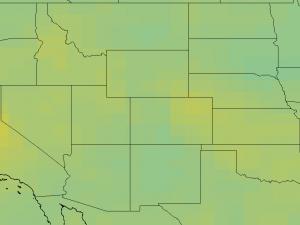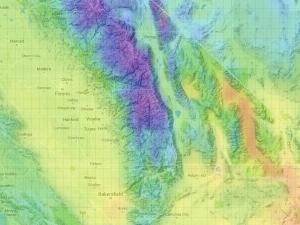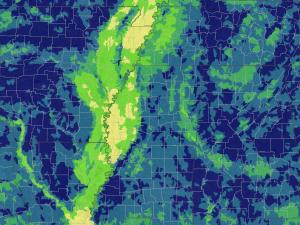Building Resilience in Coastal Communities
This section offers examples and/or additional information on each of the Steps to Resilience, in the context of coastal flood risk.
Image

Image



Jon 'ShakataGaNai' Davis. CC-BY-SA-3.0, http://creativecommons.org/licenses/by-sa/3.0, or GFDL, http://www.gnu.org/copyleft/fdl.html, via Wikimedia Commons
This section offers examples and/or additional information on each of the Steps to Resilience, in the context of coastal flood risk.

